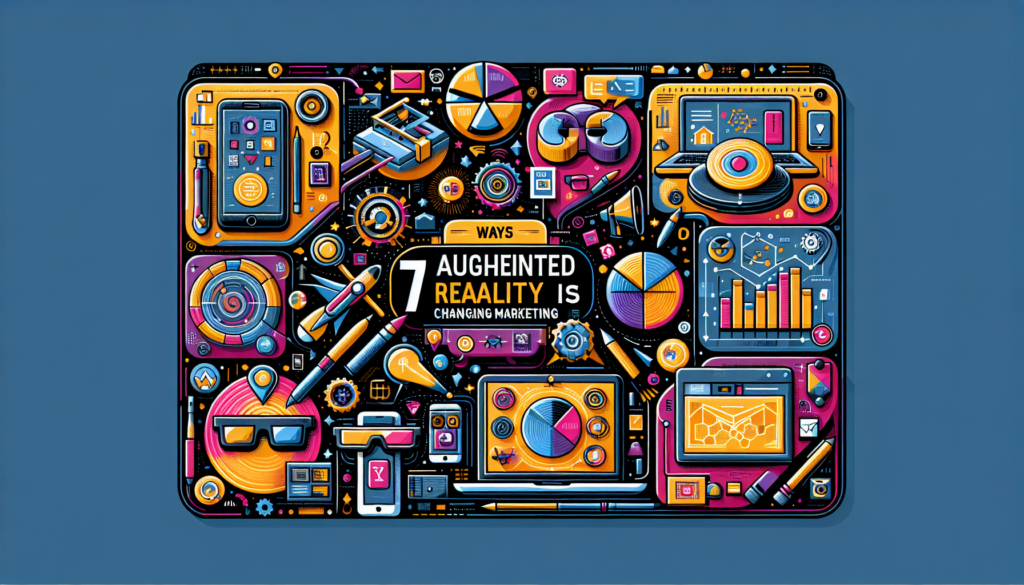In the digital age, augmented reality (AR) has become a cutting-edge marketing tool, offering interactive and personalized experiences that transform the way brands interact with their consumers. This technology combines elements of the virtual world with the physical environment in real time, creating an immersive and direct experience that can increase engagement and strengthen the emotional connection between consumers and brands. Here, we will explore seven innovative ways in which augmented reality is redefining marketing strategies.
Enhanced Product Experiences
Augmented Reality in Product Trials: Immersive product trials allow consumers to visualize and experience items virtually. For example, cosmetic brands use AR to let customers virtually try on makeup using their smartphone, increasing purchase confidence and improving conversion rates.
Personalization and Customization
Personalized Experience Marketing: AR enables the creation of highly personalized marketing campaigns. Through filters and apps, users can modify products in real time, adjusting colors, styles, or features to their preferences, fostering a deeper and more personal connection with the brand.
3D Product Visualization
Integration of 3D Models in Real Environments: The possibility of placing 3D models of products in the consumer’s physical environment, such as furniture or appliances, helps customers make informed decisions and reduces the uncertainty associated with significant purchases, thus optimizing the sales process.
Interactive Advertising Campaigns
Enhanced Interaction through AR Advertising: Advertising campaigns become interactive with AR, allowing users not just to view an ad but also to interact with it. This generates higher engagement and enables the collection of valuable data on consumers’ interactions with the advertising.
Advanced Narrative and Storytelling
Narrative Enhancement using Augmented Reality: The capability of AR to tell stories in an immersive way can take storytelling to new heights, allowing users to actively immerse themselves in a brand’s story, which enhances recall and loyalty.
Interactive Education and Training
Enhanced Training with AR in Marketing: AR has the potential to transform training in marketing, presenting products or techniques through interactive tutorials or demonstrations that facilitate learning and improve information retention.
Dynamic Events and Launches
Events Enriched with AR Experiences: Marketing events and product launches can be enhanced with AR experiences that captivate the audience and generate memorable impressions. The interactivity of AR in events provides a sense of exclusivity and novelty that can increase the visibility and impact of the event.
These seven applications demonstrate that AR is a powerful and versatile tool in the field of marketing, with the ability to innovate in the way brands communicate and connect with their audience. Investing in AR not only improves the consumer experience but also provides valuable engagement metrics, helping brands to better understand and adapt to the needs and desires of their customers. As the technology evolves and becomes more accessible, we are likely to see even greater adoption of AR in marketing strategies worldwide, opening a new era of commercial possibilities and brand communication.

